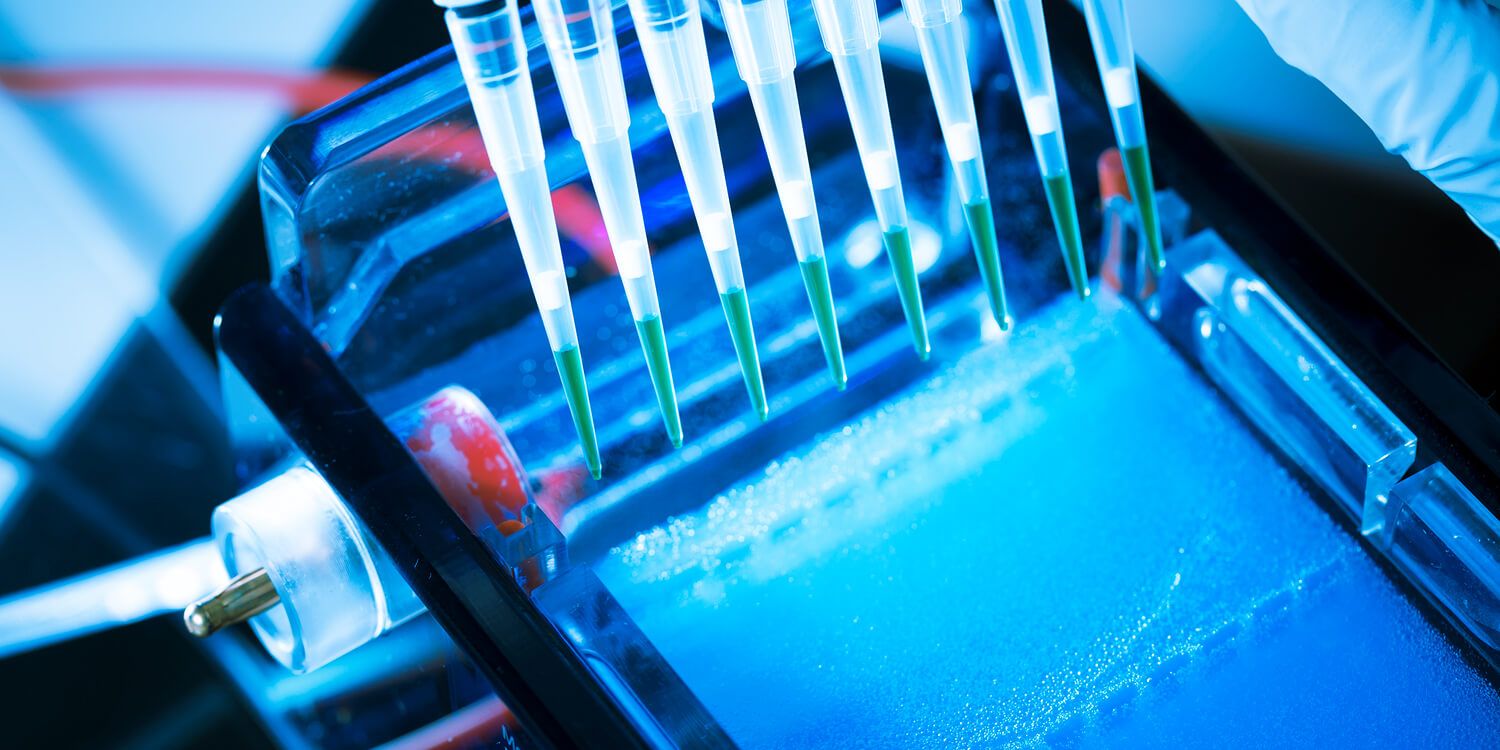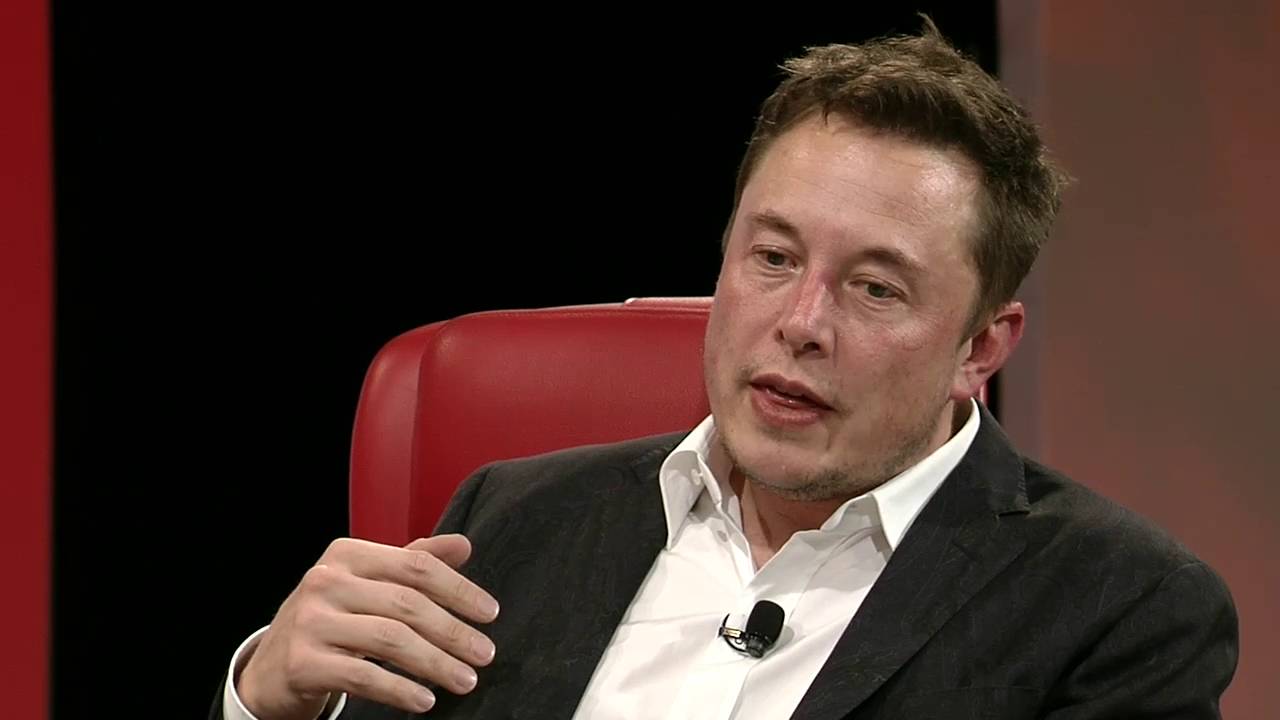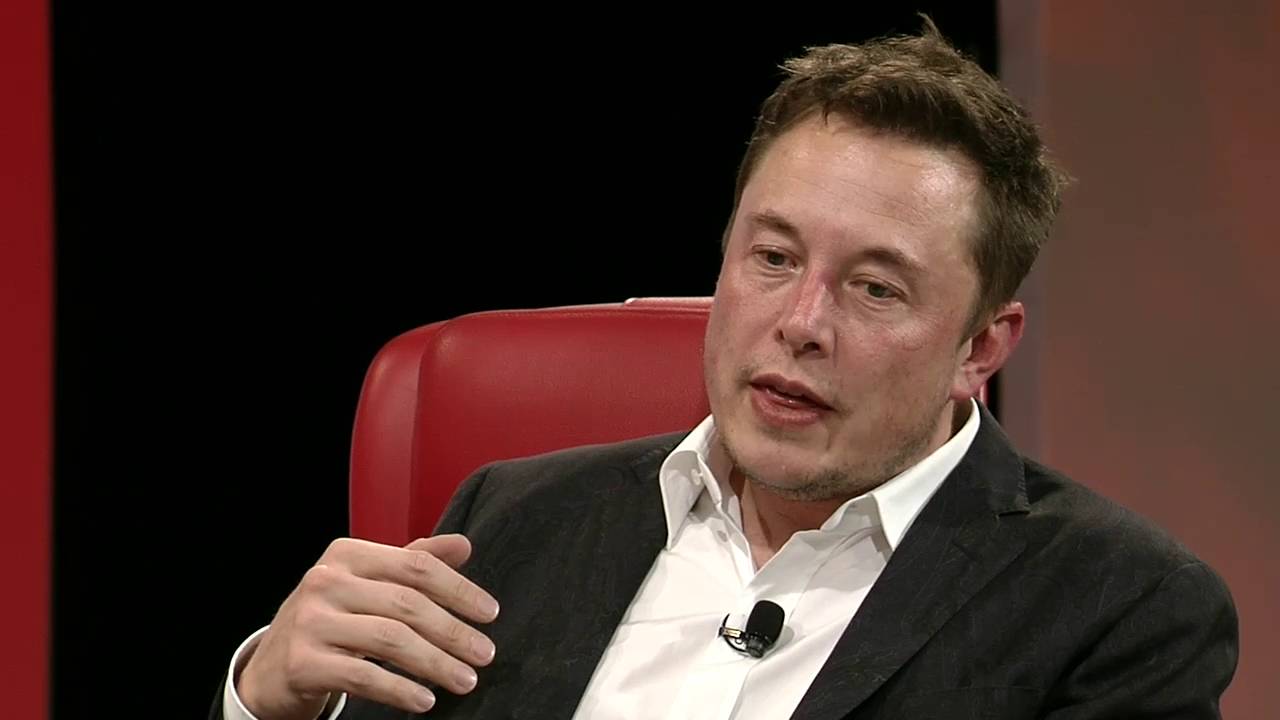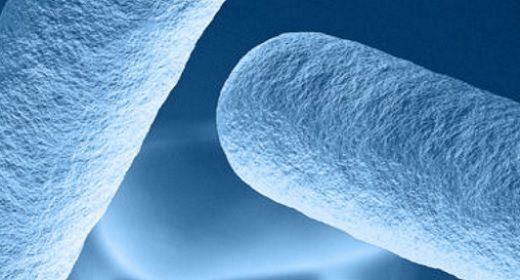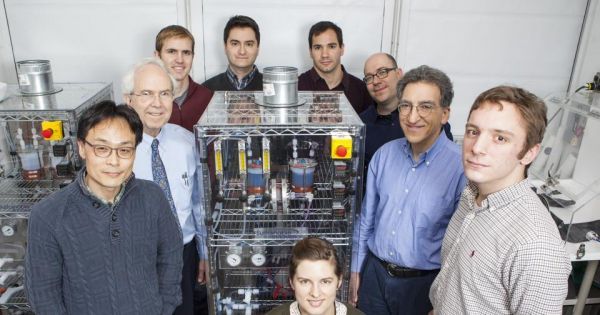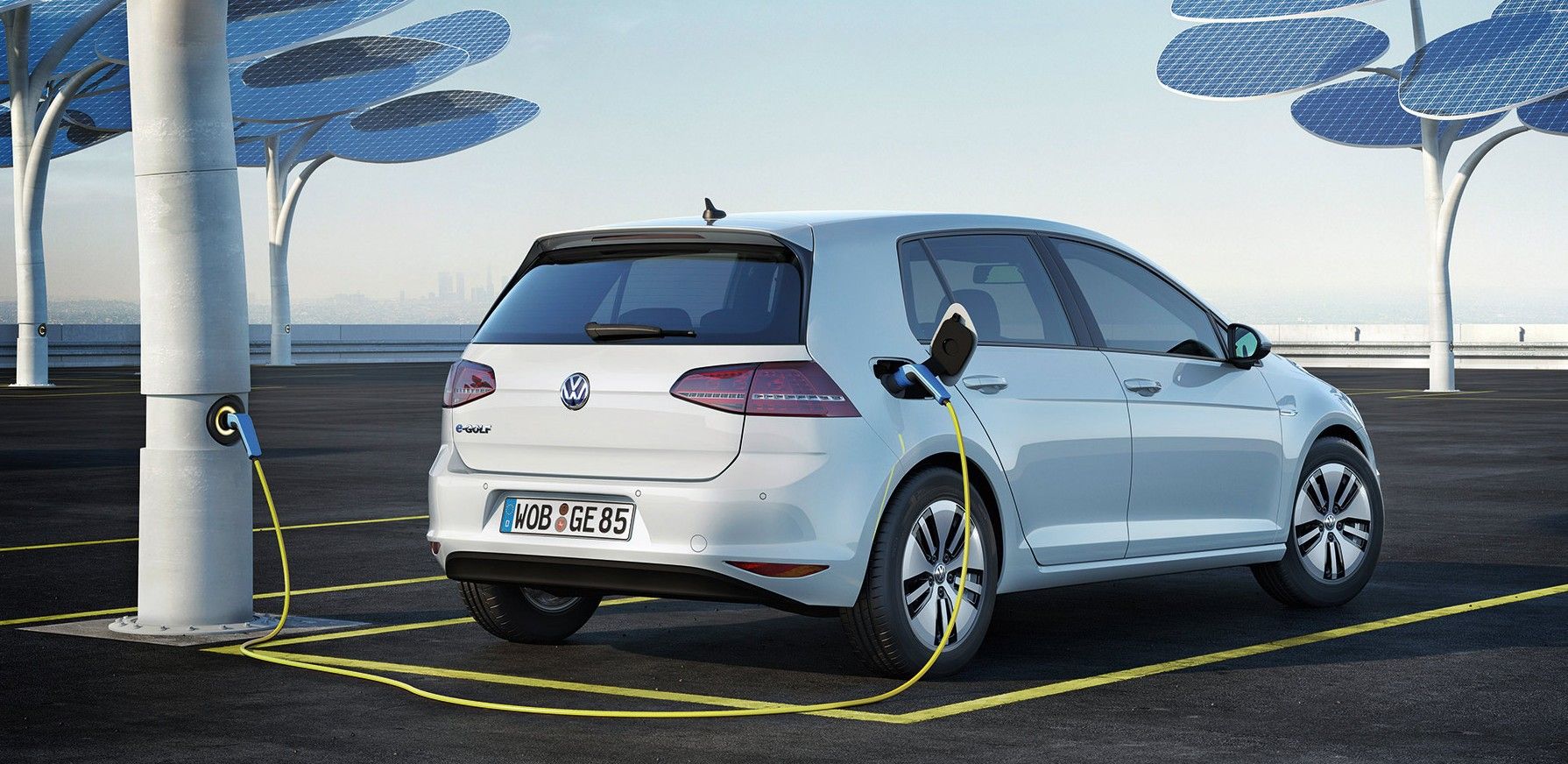Synthetic biology is essentially an application of engineering principles to the fundamental molecular components of biology. Key to the process is the ability to design genetic circuits that reprogram organisms to do things like produce biofuels or excrete the precursors for pharmaceuticals, though whether this is commercially viable is another question.
MIT’s Jim Collins, one of the founders of synthetic biology, recently explained it to me as putting the engineering into genetic engineering.
“Genetic engineering is introducing a gene from species A to species B,” he said. “That’s the equivalent of replacing a red light bulb with a green light bulb. Synthetic biology is focused on designing the underlying circuitry expressing that red or green light bulb.”
